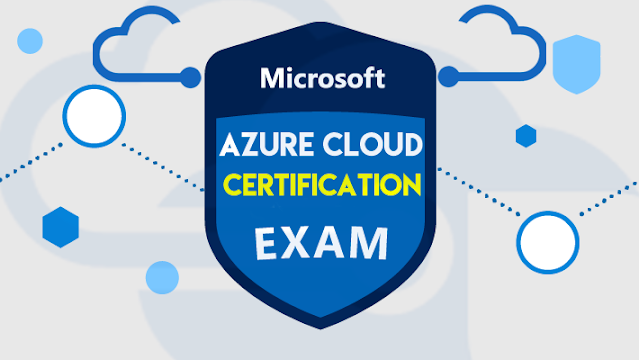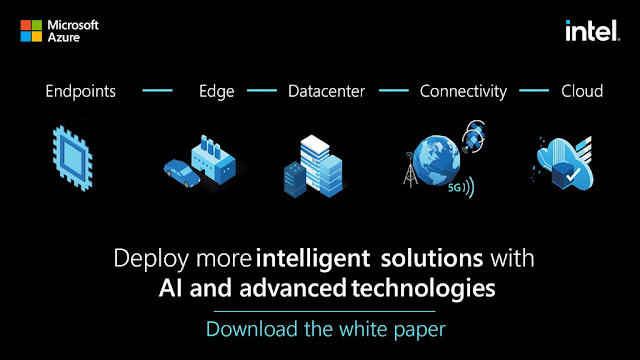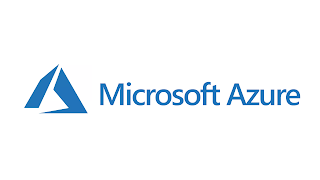Inspecting five million vehicle welds every day requires the ability to check a weld’s quality every 17 milliseconds—an impossible challenge for a human. This type of quality control task is just one of many where the combined technologies of computer vision and AI excel.
Cameras, microphones, and a wide array of sophisticated sensors used in IoT solutions are increasingly tying together the physical and digital worlds. Using devices with the analytical capabilities of AI, solutions can quickly scan medical images for potentially concerning anomalies, listen to machinery noises for maintenance problems, or provide more thorough remote monitoring in a variety of environments.
Intel and Microsoft Azure are working together to help enterprises deploy intelligent IoT technologies and services, including AI’s deep learning abilities, computer vision, and audio or speech capabilities. Adding these capabilities enables solutions to solve more business challenges, uniting two or more—adding both computer vision and AI, for example greatly expands the potential uses for IoT solutions.
Four ways enterprises are benefitting from AI and computer vision
The strength of AI and machine learning algorithms is their ability to analyze vast amounts of data faster than humans and drive real-time decisions. Here are four ways that IoT solutions with Intel and Azure technologies are helping in a wide range of scenarios:
1. Improving common IoT-enabled applications
AI, computer vision, and audio or speech technology can enhance common IoT-enabled tasks, such as remote monitoring and predictive maintenance. Automated analysis of multiple video streams is able to detect movement or unusual actions and send instant notifications when they occur. Computer vision enables telemedicine technology to remotely monitor patients at home. Microphones can collect sound from industrial machinery and analyze it for deviations from normal operating sounds, which indicates if maintenance may be required soon.
2. Enhancing employee safety, patient care, and customer service
Pairing computer vision and AI can keep people safer. To assist medical technicians in scanning medical images, these technologies can automatically look for abnormalities and notify medical personnel which images require further examination. AI and machine learning algorithms can analyze video streams to monitor employee safety and alert them when there’s a potential danger. In retail stores, a similar system can limit customer numbers in a crowded space, as well as monitor inventory and notify employees when items need to be re-ordered.
3. Reducing complexity for developers and users
Even as IoT devices and services advance, technology providers are trying to simplify their deployment. Intel and Azure both encourage developers to design IoT plug-and-play compatible devices and offer toolkits, such as the Intel® Distribution of OpenVINO™ toolkit, that connect quickly and speed up deployment. This focus helps make devices and systems more understandable to those who use them every day.
4. Accelerating potential return on investment
Adding advanced technologies also has the potential to create faster returns on investment (ROI) in IoT solutions. Companies using AI in IoT solutions have fewer projects in the learning phase and more projects in the purchasing phase compared to surveyed companies who aren’t using AI in a solution, according to Microsoft IoT Signals Report surveys. Ninety-six percent of those companies integrating AI also indicate overall satisfaction with IoT technology, compared to 87 percent among IoT adopters. They’re also more likely to view IoT as critical to the success of their business, leading to more IoT investment and use. The technology itself has the potential to save enterprises significant costs and time. For example, DC Water streamlined sewer pipe inspections with an AI-powered video analysis solution that reduces pipe scanning costs by 75 percent and can create an ROI of 350 percent over three years.
Learn more about advanced technologies in IoT solutions
As IoT technology evolves, its ability to solve business challenges increases. Adding advanced capabilities, especially in tandem with each other, multiplies the beneficial effects that deploying an IoT solution can bring to your organization.
The partnership between Intel and Azure aims to make it easier for businesses of all sizes across multiple industries to learn about and choose the right IoT devices and services to help reach their goals. The two companies offer the hardware, software, edge and cloud services, and support needed to build an end-to-end solution. Additionally, a growing collection of partners are using our technology to build market-ready solutions that are targeted for use in manufacturing, retail, healthcare, transportation, smart spaces, and more.

To learn more about how AI, computer vision, and other advanced technologies can unlock new capabilities in IoT solutions, read our white paper, "4 ways AI, computer vision, and related technologies expand IoT solutions." The white paper highlights real-world solutions that successfully implement AI, computer vision, and related capabilities in industry-specific scenarios and discusses how different hardware, platforms, and tools can help maximize return on investment for various use cases.
Contest to harness edge solutions for sustainability
Intel also aims to harness AI, the intelligent cloud, and edge computing to create solutions and new use cases that focus on reducing environmental impacts. With support from Microsoft and others, the InnovateFPGA contest is open to ecologically-minded students, professionals, startups, and hobbyists who develop their projects using Cloud FPGA connectivity kits from Intel and Azure services. The contest, which offers cash prizes, takes place through this year.
Source: microsoft.com































